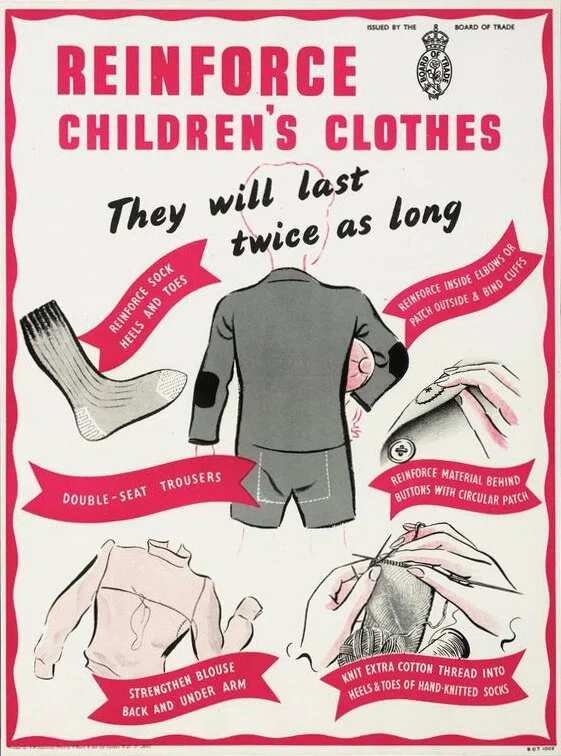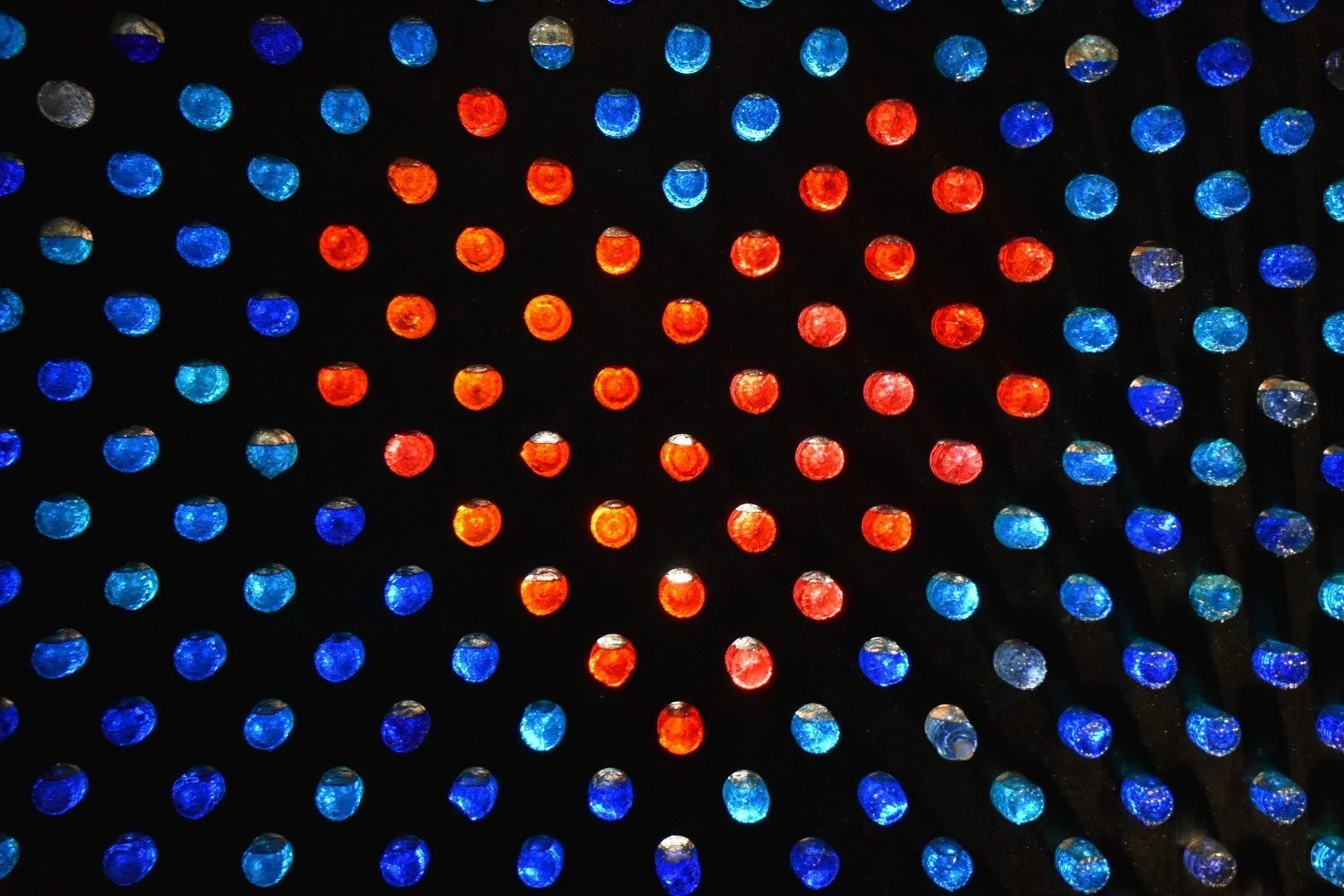Upcycling: Back to Basics
Upcycling is all about taking old objects and creating something new and improved. Though the word itself was not used until 1994, the idea was the basis for the Make Do and Mend campaign during WWII when a lot of resources were going towards the war effort and new materials were scarce. In the 21st century we are seeing a huge movement towards recycling, reusing, and adopting a zero-waste lifestyle.
Make Do and Mend came about as more and more materials were rationed during the war. Rubber, cloth, gas, and metal were deemed essential for the war effort and propaganda deemed it unpatriotic to be wasteful. Women would fashion clothes for themselves and their children from their husband’s suits. Boys and girls alike learned how to knit. People carpooled to work to save gas needed for the war effort. In order to have the food, fuel, and household items to get through daily life during a war, people had to become very creative with what they already owned.
In the post-war years came the rise of plastic and a lot of things became more disposable. In short, it became a lot more convenient to buy new and/or single-use items and throw them out as soon as they were no longer useful. Still, many people took issue with the sheer amount of waste that was being created. The first Earth Day occurred on April 22, 1970. Canada’s first recycling program started in Kitchener, ON in 1981. In 2005 San Francisco became the first city to ban plastic bags.
SOURCE: WIKIMEDIA COMMONS
Nowadays many think we need to do more than recycle to save the planet. A study in 2019 found that Canada only recycles 9% of its plastics. Some choose to eliminate plastics from packing and choose more low-waste or no-waste options. Others choose to upcycle existing materials to extend or transform their lifecycle.
During WWII people had to Make Do and Mend because of government-sanctioned rationing. Today there are no such restrictions, so it us up to us as individuals to make the choice to do what we can to consume products that are better for the environment and support the businesses who are doing the same. Some great examples can be found locally. Every year in December (excluding during the pandemic) the City of Coquitlam puts on Lights at Lafarge, decorating all around Lafarge Lake with Christmas lights, using nature as the inspiration. A lot of these installations are made with plastic bottles; there are fields of “tulips” made from cutting bottles into a tulip shape and adding lights. In 2019 they made a giant Lite-Brite, with the pegs made of plastic bottles filled with coloured water.
LITE-BRITE INSTALLATION, LIGHTS AT LAFARGE, 2019. PHOTO BY AUTHOR.
For those trying to adopt a low-waste or no-waste lifestyle, there are lots of options and resources. In the Tri-Cities there are two stores in which to bring your own containers and fill them with soap, detergent, and bulk food items: the Port Moody Refillery and Fulfill Shoppe in Port Coquitlam (note: the Port Moody Refillery has switched to a deposit container program due to COVID). Another great option is to shop at your local Farmer’s Market. Nearly every city has one, just don’t forget your reusable bags. At home, consider making the switch from plastic wrap to beeswax wraps. You can also support artists who upcycle materials to make interesting art, such as Denise Corcoran.
Every little bit helps. What are you doing to fight the war on climate change? Let us know by comkmenting on our social media channels!
Upcycling: Back to Basics is on display at Coquitlam Public Library Poirier until April 30. A special Heritage Live! Earth Day Edition featuring Denise Corcoran is on April 22 at noon. Watch it on Facebook Live, or click here to register for the Zoom link.



